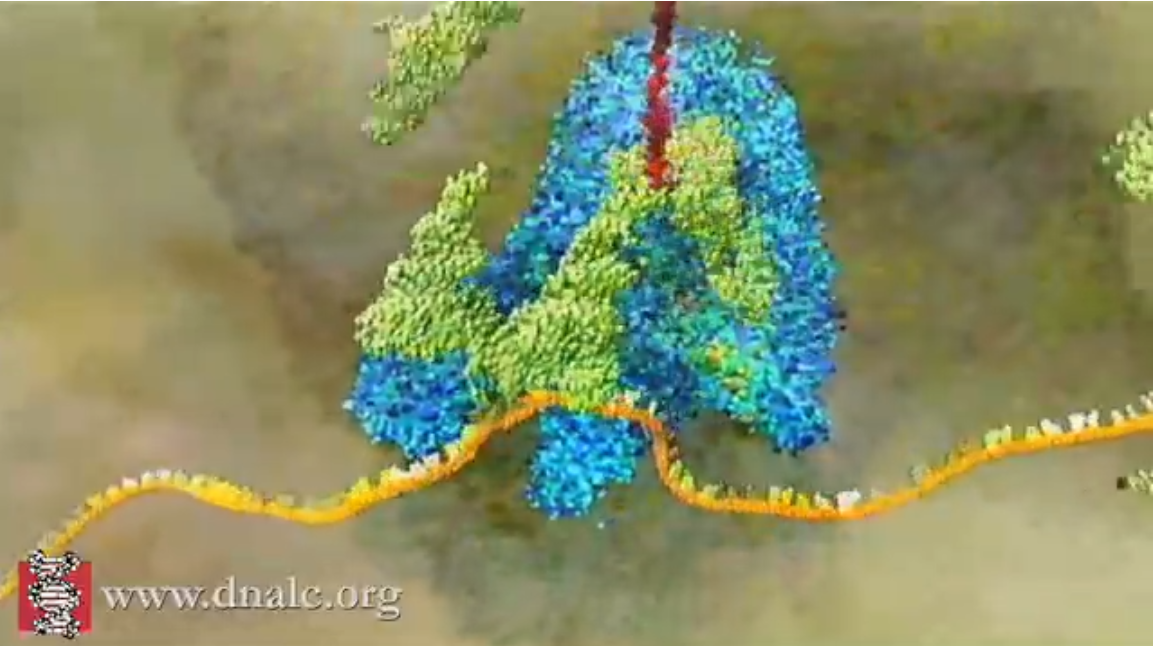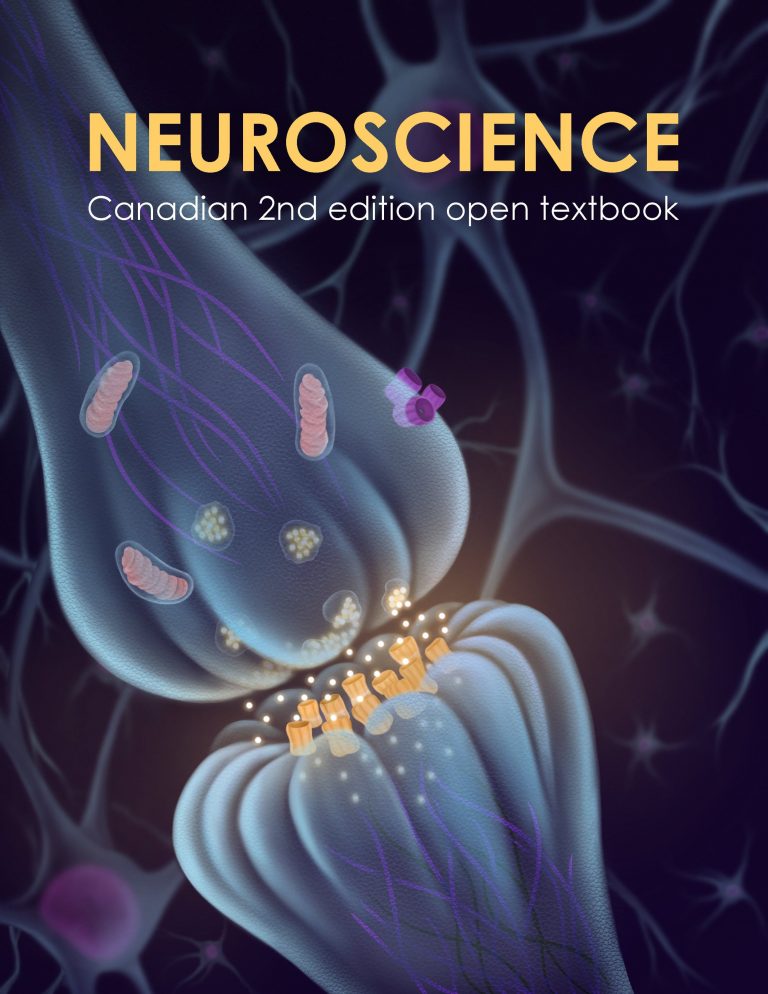Monday, 31 October 2022
A set of stunning animations
 Today I want to let you know about a set of stunning animations produced by the DNA Learning Center, which was founded by the Cold Spring Harbor Laboratory in 1988 to educate the general public about issues related to genetics. The DNA Learning Center’s Biology Animations web page contains some 50 animations about DNA, RNA, proteins and their complex interactions. Most of these animations are just a few minutes long, and all of them are are so realistic that they take your breath away—a far cry from the 2D and 3D animations that you may have seen where everything is smooth and steady and all the colours are uniform. Instead, in these animations, everything moves and pulsates, as if you were moving through the living molecular jungles inside the tiniest human cells. (more…)
Today I want to let you know about a set of stunning animations produced by the DNA Learning Center, which was founded by the Cold Spring Harbor Laboratory in 1988 to educate the general public about issues related to genetics. The DNA Learning Center’s Biology Animations web page contains some 50 animations about DNA, RNA, proteins and their complex interactions. Most of these animations are just a few minutes long, and all of them are are so realistic that they take your breath away—a far cry from the 2D and 3D animations that you may have seen where everything is smooth and steady and all the colours are uniform. Instead, in these animations, everything moves and pulsates, as if you were moving through the living molecular jungles inside the tiniest human cells. (more…)
From the Simple to the Complex | Comments Closed
Monday, 10 October 2022
A free neuroscience textbook
 Today I want to tell you about an excellent neuroscience textbook that you can read online absolutely for free! Neuroscience: Canadian 2nd Edition Open Textbook” is a very complete, typical undergraduate-level treatment of its subject, divided into four units: 1. Neuroscience: The Basics; 2. Neurodegeneration; 3. Fundamental Neuroscience Techniques (and when to use them); and 4. Emergent Topics in Neuroscience. Unit 1 covers not only the anatomy and physiology of the entire nervous system, but also those of the system, which is so closely linked to it. Unit 3, on neuroscience techniques, is fairly extensive, explaining highly complex techniques such as optogenetics. Unit 4 delves into subjects that are getting a lot of attention from cognitive scientists today and that you’d never have seen in a neuroscience textbook 10 or 20 years ago, such as the beneficial effects of art, exercise and meditation on the brain. The book also includes quiz questions and links to videos on other websites. (more…)
Today I want to tell you about an excellent neuroscience textbook that you can read online absolutely for free! Neuroscience: Canadian 2nd Edition Open Textbook” is a very complete, typical undergraduate-level treatment of its subject, divided into four units: 1. Neuroscience: The Basics; 2. Neurodegeneration; 3. Fundamental Neuroscience Techniques (and when to use them); and 4. Emergent Topics in Neuroscience. Unit 1 covers not only the anatomy and physiology of the entire nervous system, but also those of the system, which is so closely linked to it. Unit 3, on neuroscience techniques, is fairly extensive, explaining highly complex techniques such as optogenetics. Unit 4 delves into subjects that are getting a lot of attention from cognitive scientists today and that you’d never have seen in a neuroscience textbook 10 or 20 years ago, such as the beneficial effects of art, exercise and meditation on the brain. The book also includes quiz questions and links to videos on other websites. (more…)
From the Simple to the Complex | Comments Closed







